The latest generations of power efficient and full-featured applications processors in NXP’s very successful and broadly deployed i.MX platform are being manufactured on 28nm FD-SOI. The new i.MX 7 series leverages the 32-bit ARM v7-A core, targeting the general embedded, e-reader, medical, wearable and IoT markets, where… Read More
Electronic Design Automation
One FPGA synthesis flow for different IP types
Both Altera and Xilinx are innovative companies with robust ecosystems, right? It would be a terrible shame if you located the perfect FPGA IP block for a design, but couldn’t use it because it was in the “wrong” format for your preferred FPGA. What if there were a way around that?
There is a compelling argument to use each FPGA vendor’s… Read More
Seven Reasons to Attend DAC in Austin
I’m attending the 53rd Design Automation Conference (DAC) in Austin, Texas starting June 5th, and there are at least seven reasons that you should consider attending as well. For decades now DAC has been the premier place for all the players in our semiconductor ecosystem to get together: Academics, Commercial vendors … Read More
Are Standard Cell Libs, Memories and Mixed-signal IP Availabe at 7nm FF?
More than 500 designers (562) have responded to a survey made in 2015 by Synopsys. Answering to the question “What is the fastest clock speed of your design?” 56% have mentioned a clock higher than 500 MHz (and still 40% higher than 1 GHz). If you compare with the results obtained 10 years ago, the largest proportion of answers was for… Read More
Eight Improvements for PCB Software
I first met John Durbetaki at Intel in Aloha, Oregon and we both had a keen interest in the nascent personal computer industry. My first PC was made by Radio Shack and dubbed the TRS-80 which maxed out at 48KB of RAM. I kept watch on Durbetaki as he left Intel and formed his own company OrCAD in 1985 to serve the needs of PC-based CAD software.… Read More
Cadence loads up on MACs for vision with CNNs
For vision DSP IP running convolutional neural networks (CNNs), a big driver of performance is increasing the bits processed per cycle with parallel MACs. Tom Simon did a great job in recent posts of introducing CNNs at a high level, so I’ll look at what is architecturally behind Cadence’s latest announcement: the Tensilica Vision… Read More
How to Deal With Seven Design Closure Issues
The challenge of tracking design progress is a shared problem for individual designers, team leaders, and project managers. At each level the ability to step back from just reviewing error log files and seeing the arc of the whole design as it moves forward is valuable. The difficulty of seeing the whole picture is exacerbated when… Read More
From Simulation to Emulation: 3 Steps to a Portable SystemVerilog/UVM Testbench
If your team is building large, complex designs that require millions of clock cycles to fully verify, you need both simulation and emulation.
Using emulation with simulation accelerates performance for dramatically reduced run times.… Read More
Are Layoffs Good for the Semiconductor Industry?
As I have mentioned before, semiconductor professionals are very smart people, pound for pound the smartest in the workforce in my opinion. So what happens when thousands of engineers from Qualcomm, Broadcom, Altera, and Intel get shown the door? They don’t go to work for Starbucks, they don’t go to the unemployment line, they … Read More
Ecosystem Partnership for Effective Network Hardware Design
When you’re designing a hardware solution to plug into what is arguably the most complex system of all – the Internet – you can’t get away with a little fake traffic to test whether your box is going to do all the right things at the right performance. You have to model realistic voice, video, data and wireless traffic in… Read More


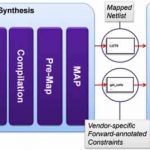
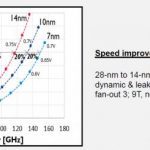
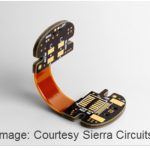
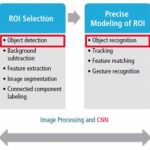


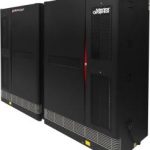
AI RTL Generation versus AI RTL Verification